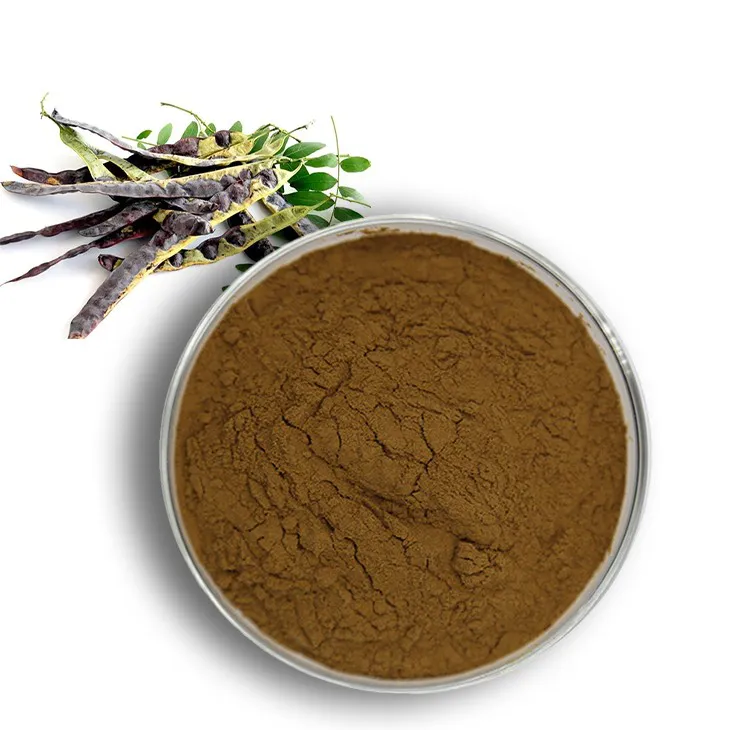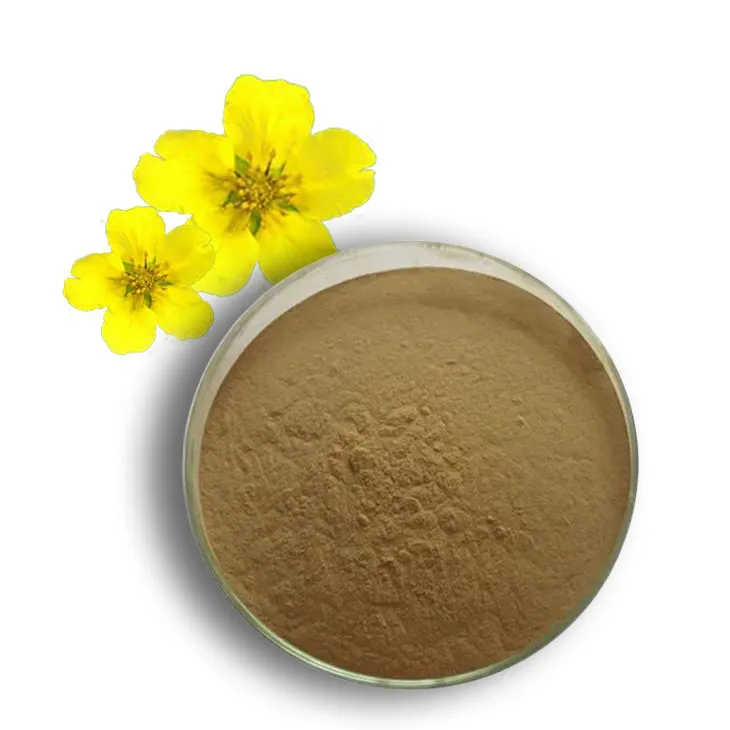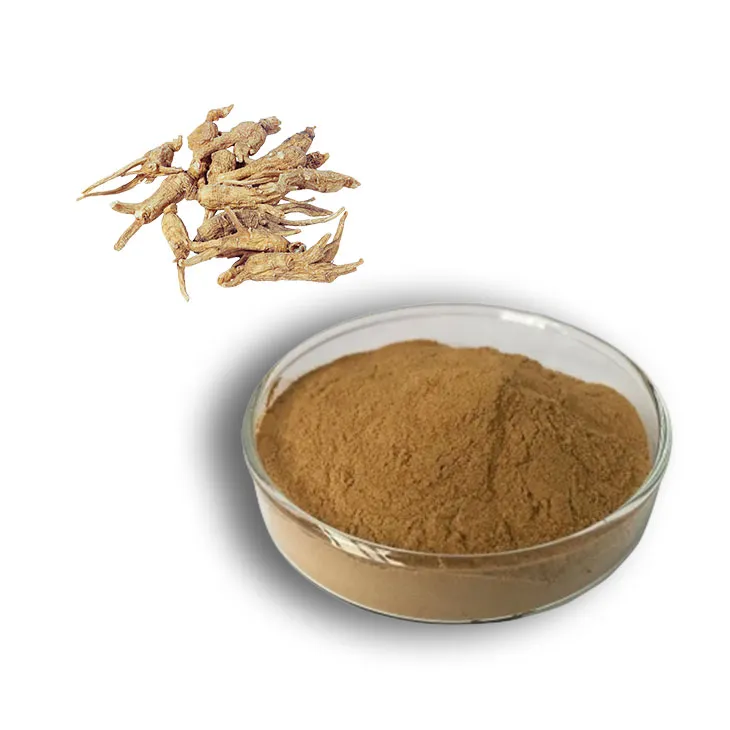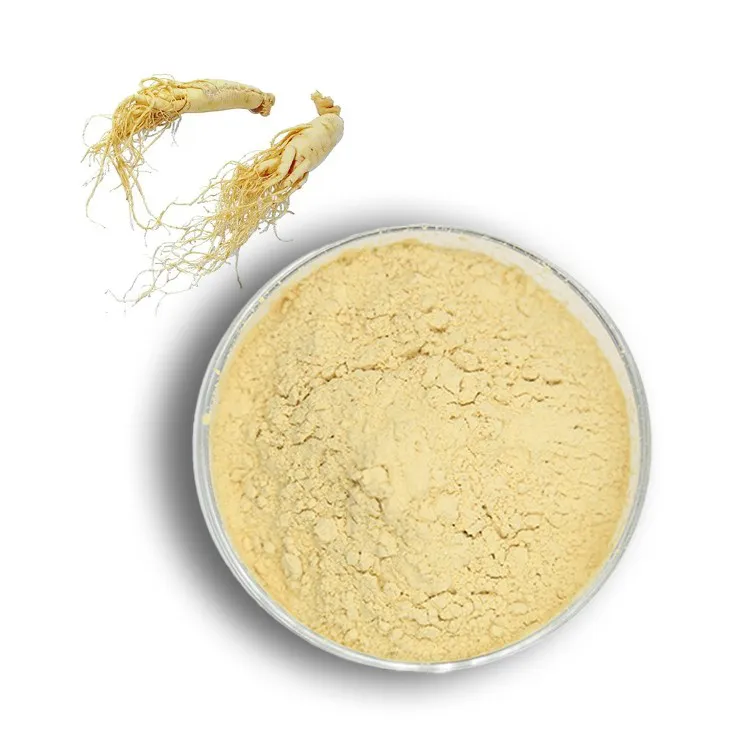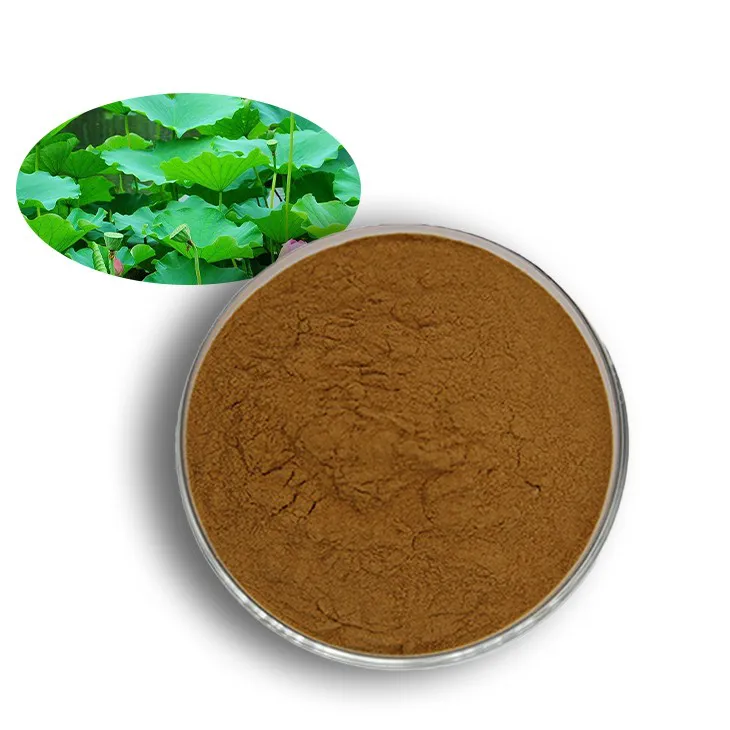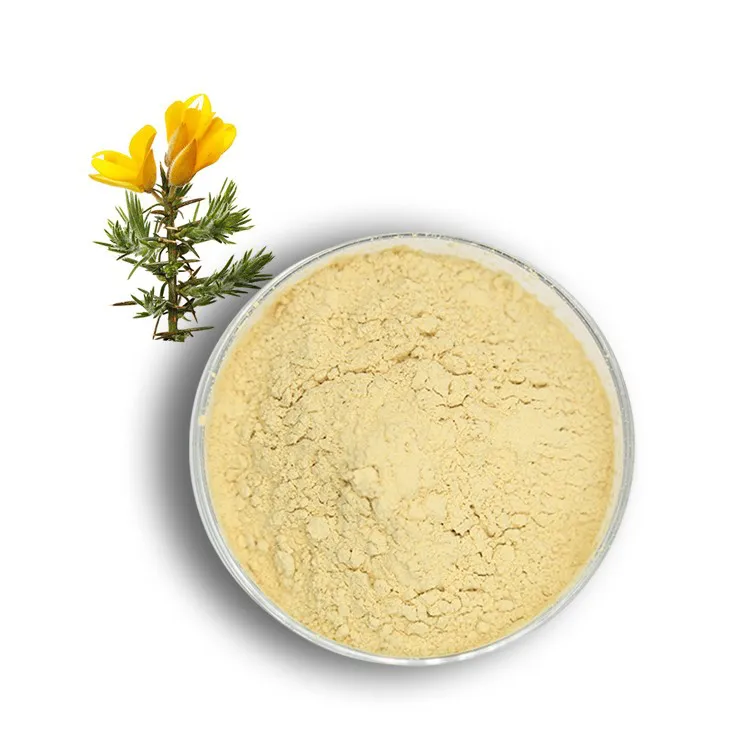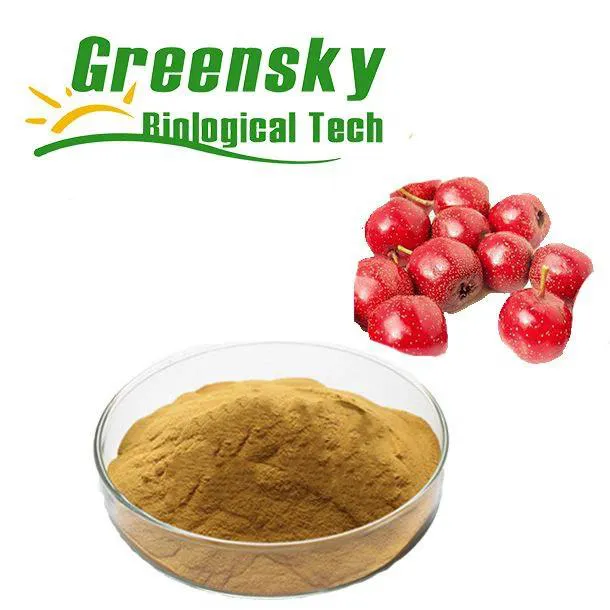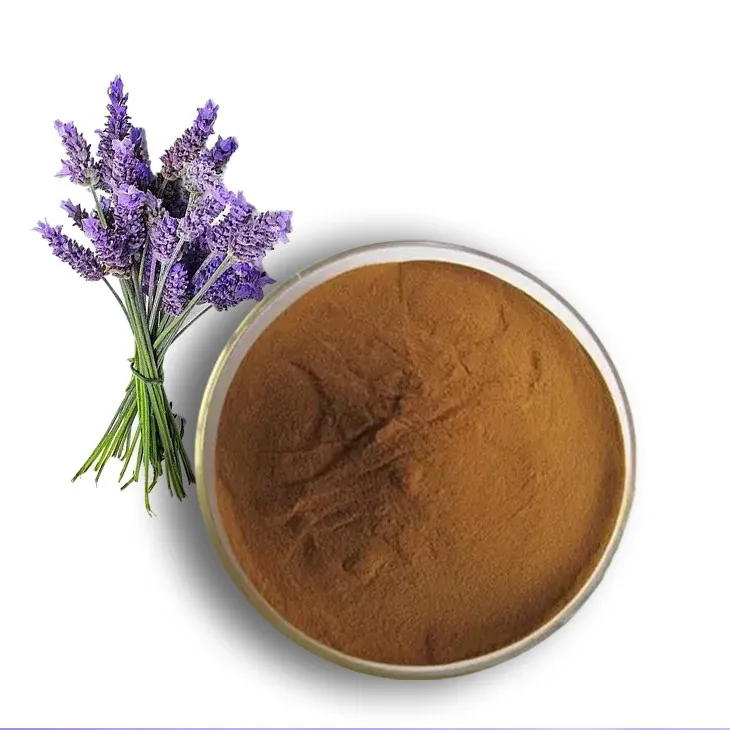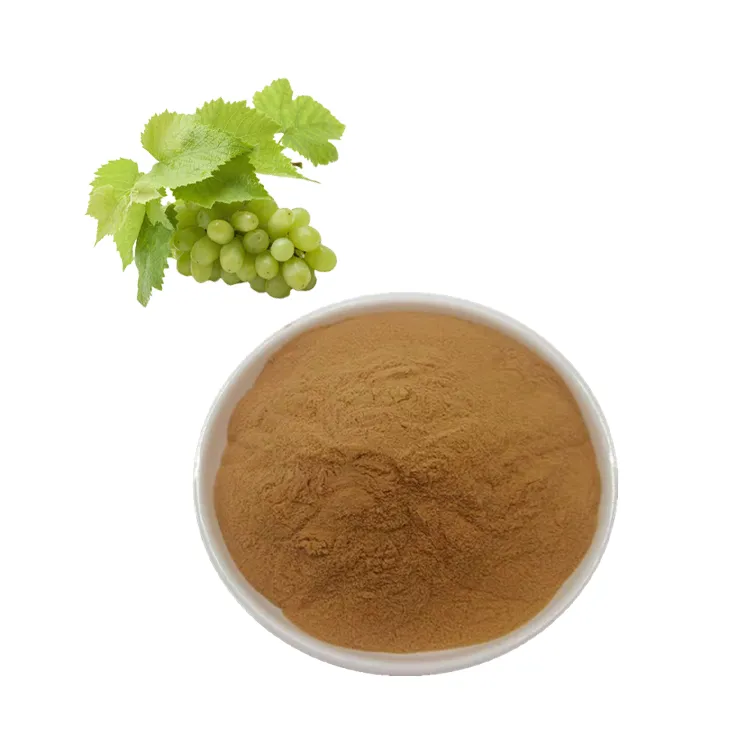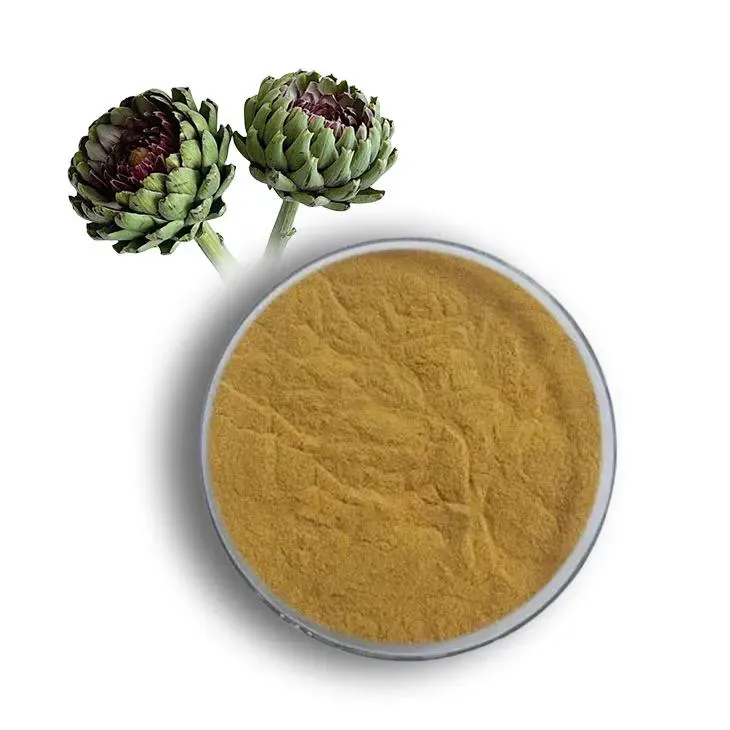- 0086-571-85302990
- sales@greenskybio.com
best solvent for plant extraction
2023-09-27
1. Importance of Choosing the Right Solvent
1. Importance of Choosing the Right Solvent
The process of plant extraction is a delicate and complex procedure that involves the careful selection of a solvent to extract valuable compounds from plant materials. Choosing the right solvent is crucial for several reasons:
1.1. Efficiency of Extraction
An appropriate solvent can significantly enhance the efficiency of the extraction process. It should be capable of dissolving the desired compounds effectively while leaving behind unwanted components. This ensures that the final product is pure and potent.
1.2. Preservation of Active Ingredients
The solvent used must be compatible with the active ingredients present in the plant material to prevent degradation or alteration of these compounds. This is particularly important for medicinal plants, where the therapeutic properties are highly dependent on the integrity of the active ingredients.
1.3. Safety for Consumers
The safety of the solvent is paramount, as any residual solvent in the final product could pose health risks to the consumers. Therefore, it is essential to select a solvent that is non-toxic and has a low risk of causing adverse effects.
1.4. Regulatory Compliance
Regulatory bodies have established guidelines and standards for the use of solvents in food, pharmaceutical, and cosmetic industries. Choosing a solvent that complies with these regulations is essential to avoid legal issues and ensure the product's marketability.
1.5. Environmental Impact
The environmental impact of the solvent is another critical consideration. Solvents that are biodegradable, non-polluting, and have a low carbon footprint are preferred to minimize the ecological footprint of the extraction process.
1.6. Cost-Effectiveness
The cost of the solvent and the overall extraction process is an important factor for commercial viability. A cost-effective solvent can help reduce the production costs and make the final product more competitive in the market.
1.7. Scalability
For industrial applications, the chosen solvent should be suitable for large-scale production. It should be readily available, easy to handle, and compatible with the equipment used in the extraction process.
In summary, the selection of the right solvent is a critical step in plant extraction that can determine the success of the process. It impacts the efficiency, safety, quality, and sustainability of the final product, making it a decision that requires careful consideration and expertise.
2. Criteria for Selecting a Solvent
2. Criteria for Selecting a Solvent
When it comes to plant extraction, selecting the right solvent is crucial for the efficiency, safety, and quality of the end product. Several criteria must be considered to ensure that the chosen solvent meets the specific requirements of the extraction process. Here are the key factors to take into account when selecting a solvent for plant extraction:
1. Polarity: The polarity of a solvent can significantly affect its ability to dissolve various plant compounds. Solvents with similar polarity to the target compounds are more likely to dissolve them effectively.
2. Selectivity: A solvent should ideally be selective for the desired compounds in the plant material, minimizing the extraction of unwanted substances that could affect the purity and potency of the final product.
3. Boiling Point: The boiling point of a solvent can influence the ease of its removal post-extraction. Lower boiling point solvents are easier to evaporate, but they may not be as effective at dissolving certain compounds.
4. Safety: The safety profile of a solvent is paramount. It should be non-toxic and non-irritating to ensure the safety of both the extractors and the consumers of the final product.
5. Environmental Impact: The environmental footprint of a solvent, including its biodegradability and potential to contribute to pollution, must be considered to align with sustainable practices.
6. Cost: Economic factors such as the cost of the solvent and its availability are important, especially for commercial-scale operations.
7. Regulatory Compliance: The solvent must comply with the regulatory standards of the industry and region where the extraction is taking place.
8. Compatibility with Downstream Processes: The solvent should be compatible with any subsequent processes, such as purification or formulation, without causing unwanted reactions or degradation of the extracted compounds.
9. Extraction Yield: The solvent should be capable of achieving a high yield of the desired compounds, ensuring the efficiency of the extraction process.
10. Ease of Use: The solvent should be easy to handle and use in the extraction process, with minimal equipment and procedural requirements.
By carefully evaluating these criteria, one can make an informed decision about the most suitable solvent for a specific plant extraction process, balancing the need for high-quality extraction with safety, environmental impact, and economic considerations.
3. Common Solvents Used in Plant Extraction
3. Common Solvents Used in Plant Extraction
In the realm of plant extraction, the choice of solvent is paramount to the success of the process. Various solvents are employed to extract different types of compounds from plants, each with its unique properties and extraction capabilities. Here, we delve into some of the most common solvents used in the industry:
1. Water: As a universal solvent, water is often used for its ability to extract polar compounds such as alkaloids, sugars, and salts. It is a preferred choice for its safety and environmental friendliness.
2. Ethanol: Ethanol, particularly at a concentration of 60-95%, is widely used for its ability to extract a broad range of compounds including flavonoids, terpenes, and other non-polar compounds.
3. Methanol: Methanol is another polar solvent that can extract a variety of compounds, but it is less preferred due to its toxicity compared to ethanol.
4. Hexane: Non-polar and less dense than water, hexane is commonly used for the extraction of lipids, waxes, and other non-polar compounds.
5. Diethyl Ether: A highly volatile solvent, ether is used for extracting volatile oils and other non-polar substances. However, its use is limited due to safety concerns.
6. Acetone: Acetone is a polar protic solvent that can dissolve both polar and non-polar substances, making it versatile for various extractions.
7. Chloroform: Chloroform is a non-polar solvent that is effective for extracting lipophilic compounds but is less commonly used due to its potential health hazards.
8. Carbon Dioxide (CO2): In supercritical fluid extraction, CO2 is used because it can penetrate plant material effectively and is non-toxic and non-flammable.
9. Glycerol: Glycerol is used for its hygroscopic properties and is often used in the extraction of certain types of plant oils.
10. Propylene Glycol: Similar to glycerol, propylene glycol is used for its ability to retain moisture and extract certain plant compounds.
Each of these solvents has its advantages and limitations, and the choice of solvent is influenced by the specific compounds targeted for extraction, the nature of the plant material, and the desired purity of the end product. Understanding the properties of these solvents is crucial for optimizing the extraction process and achieving the desired outcomes.
4. Factors Affecting Solvent Efficiency
4. Factors Affecting Solvent Efficiency
The efficiency of a solvent in plant extraction is influenced by a variety of factors, which can significantly impact the yield, quality, and safety of the final product. Understanding these factors is crucial for optimizing the extraction process and selecting the most appropriate solvent for a given application.
4.1 Polarity of the Solvent
The polarity of a solvent is a key determinant of its ability to dissolve specific compounds. Solvents with high polarity are more effective at dissolving polar compounds, such as many organic acids, alkaloids, and glycosides, while nonpolar solvents are better suited for extracting lipids and waxes.
4.2 Solvent Concentration
The concentration of the solvent can affect the rate and extent of extraction. Higher concentrations may increase the solubility of target compounds but can also lead to the extraction of unwanted materials, potentially reducing the purity of the final product.
4.3 Temperature
Temperature plays a critical role in the extraction process. Higher temperatures can increase the solubility of certain compounds and speed up the extraction process. However, excessively high temperatures may degrade heat-sensitive compounds or lead to the evaporation of volatile solvents.
4.4 Extraction Time
The duration of the extraction process can influence the yield and quality of the extracted compounds. Longer extraction times may improve the yield but can also result in the degradation of sensitive compounds or the extraction of unwanted materials.
4.5 Plant Material Particle Size
The size of the plant material particles can affect the surface area available for solvent contact, impacting the rate of extraction. Smaller particles generally provide a larger surface area, which can lead to faster and more efficient extraction.
4.6 Moisture Content
The moisture content of the plant material can influence the extraction process. High moisture content may require additional drying steps, which can affect the efficiency and cost of the extraction process.
4.7 Solvent-to-Plant Ratio
The ratio of solvent to plant material is another important factor. An optimal ratio ensures that the solvent is in sufficient contact with the plant material to maximize extraction efficiency without leading to waste or dilution of the final product.
4.8 pH Level
The pH level of the solvent can affect the solubility of certain compounds, particularly those that are sensitive to pH changes. Adjusting the pH can be a strategy to improve the extraction of specific compounds.
4.9 Presence of Co-Solvents
The use of co-solvents can enhance the extraction efficiency by improving the solubility of target compounds or by altering the properties of the primary solvent.
4.10 Extraction Method
Different extraction methods, such as maceration, percolation, and supercritical fluid extraction, have their own set of factors that can affect solvent efficiency. The choice of method can be tailored to the specific properties of the plant material and the desired outcome.
By carefully considering these factors, researchers and practitioners can optimize the solvent selection and extraction process to achieve the desired results in plant extraction applications.
5. Environmental and Safety Considerations
5. Environmental and Safety Considerations
The selection of a solvent for plant extraction is not only crucial for the efficiency and effectiveness of the process but also has significant environmental and safety implications. The solvents used can impact the environment through their production, use, and disposal, and they can also pose risks to the health and safety of workers involved in the extraction process.
5.1 Environmental Impact
- Biodegradability: Solvents that break down easily in the environment are preferable to minimize long-term ecological damage.
- Toxicity: The lower the toxicity of a solvent, the less harm it can cause to ecosystems and non-target species.
- Volatile Organic Compounds (VOCs): Solvents that release VOCs can contribute to air pollution and smog formation.
- Resource Intensity: The production of some solvents can be resource-intensive, leading to higher carbon footprints and ecological disruption.
5.2 Health and Safety Risks
- Chemical Hazards: Some solvents are known carcinogens, neurotoxins, or can cause respiratory issues.
- Fire and Explosion Risks: Flammable solvents can pose a significant risk in extraction facilities.
- Skin and Eye Irritation: Prolonged exposure to certain solvents can cause skin and eye irritation or more severe health effects.
- Ingestion and Inhalation Hazards: Safe handling procedures are essential to prevent accidental ingestion or inhalation of solvents.
5.3 Regulatory Compliance
- Regulatory Standards: Compliance with local, national, and international regulations regarding the use, disposal, and reporting of solvents is mandatory.
- Permits and Licenses: Extraction facilities may require specific permits or licenses to use certain solvents, especially those classified as hazardous.
5.4 Best Practices for Safe Use
- Proper Storage: Solvents should be stored according to their chemical properties to prevent accidents.
- Personal Protective Equipment (PPE): Workers should be equipped with appropriate PPE, including gloves, masks, and eye protection.
- Ventilation: Adequate ventilation in extraction facilities can help reduce the concentration of harmful vapors.
- Training and Education: Regular training for workers on the safe handling and disposal of solvents is essential.
5.5 Green Chemistry Principles
- Minimizing Hazardous Substances: The use of green solvents aligns with the principles of green chemistry, which encourages the use of substances that are less hazardous to human health and the environment.
- Energy Efficiency: Choosing solvents that require less energy for extraction can contribute to a more sustainable process.
5.6 Future Directions
- Bio-based Solvents: The development and use of bio-based solvents derived from renewable resources are gaining attention for their potential to reduce environmental impact.
- Solvent Recovery and Recycling: Technologies for the recovery and recycling of solvents can minimize waste and reduce the demand for new solvent production.
In conclusion, the environmental and safety considerations in choosing a solvent for plant extraction are paramount. It is essential to balance the efficiency of the extraction process with the need to protect the environment and the health of workers. By adhering to best practices and embracing green chemistry principles, the industry can move towards more sustainable and safer extraction methods.
6. Emerging Trends in Solvent Technology
6. Emerging Trends in Solvent Technology
As the demand for natural products and sustainable practices grows, the field of solvent technology is continuously evolving to meet these needs. Innovations in solvent technology are not only aimed at improving the efficiency and selectivity of plant extractions but also at reducing environmental impact and ensuring worker safety. Here are some of the emerging trends in solvent technology:
1. Green Solvents: There is a growing interest in using environmentally friendly solvents, often referred to as "green solvents." These include water, supercritical fluids like CO2, and ionic liquids. Green solvents are designed to minimize environmental harm and are often biodegradable and non-toxic.
2. Supercritical Fluid Extraction (SFE): SFE, particularly with carbon dioxide (CO2), is gaining popularity due to its ability to extract compounds at high pressures and temperatures without the use of traditional solvents. This method is highly efficient and can selectively extract a wide range of plant compounds.
3. Ultrasonic-Assisted Extraction (UAE): This technique uses ultrasonic waves to enhance the extraction process, allowing for shorter extraction times and lower solvent usage. It's a clean and efficient method that is being increasingly adopted in the industry.
4. Microwave-Assisted Extraction (MAE): MAE uses microwave energy to heat the extraction solvent, which can increase the rate of extraction and improve the quality of the extracted compounds. This method is energy-efficient and can be more selective than traditional extraction methods.
5. Enzyme-Assisted Extraction: The use of enzymes to break down plant cell walls and release compounds is an emerging trend. This method can be more selective and less damaging to the desired compounds than mechanical or chemical methods.
6. Membrane-Assisted Extraction: This involves the use of membranes to selectively separate compounds from plant materials. It's a relatively new technique that can offer high selectivity and efficiency.
7. Nanoparticle-Assisted Extraction: The use of nanoparticles to enhance the extraction process is an emerging field. Nanoparticles can improve the solubility and extraction efficiency of certain compounds.
8. Solid-Phase Extraction (SPE): SPE uses solid-phase materials to selectively adsorb compounds from a liquid phase. It's a versatile technique that can be tailored to specific compounds and is often used in purification steps following extraction.
9. High-Pressure Processing (HPP): While not a solvent-based method, HPP is used to extract compounds from plant materials by applying high pressure. This method can preserve the integrity of the compounds and is gaining attention for its potential in the food and beverage industry.
10. Intelligent Systems and Automation: The integration of artificial intelligence and machine learning in solvent selection and extraction process optimization is an emerging trend. These technologies can predict the best extraction conditions and solvents for specific plant materials.
As the field advances, it's expected that these trends will continue to evolve, leading to more efficient, sustainable, and safe methods for plant extraction. The future of solvent technology in plant extraction is promising, with a focus on innovation, sustainability, and the pursuit of higher quality natural products.
7. Case Studies: Successful Plant Extractions
7. Case Studies: Successful Plant Extractions
In this section, we will explore several case studies that highlight successful plant extractions using various solvents. These examples serve to illustrate the practical application of the principles and considerations discussed earlier in this article.
7.1 Extraction of Essential Oils from Lavender
One of the most well-known applications of plant extraction is the production of essential oils. Lavender essential oil, prized for its calming properties and aromatic appeal, is extracted using steam distillation. This method is particularly effective for lavender because it preserves the delicate aromatic compounds without causing damage.
7.2 Caffeine Extraction from Coffee Beans
Caffeine is another popular compound extracted from plants, specifically coffee beans. Supercritical carbon dioxide (CO2) extraction is often used for caffeine removal due to its ability to selectively extract caffeine while leaving behind other desirable coffee compounds. This method is environmentally friendly and yields a high-quality product.
7.3 Extraction of Active Compounds from Ginseng
Ginseng is a traditional medicinal plant with a variety of health benefits attributed to its active compounds. Ethanol is commonly used to extract these compounds due to its ability to dissolve a wide range of chemical structures. The use of ethanol in ginseng extraction has been successful in preserving the bioactivity of the extracted compounds.
7.4 Extraction of Curcumin from Turmeric
Curcumin, the active ingredient in turmeric, is known for its potent anti-inflammatory properties. The extraction of Curcumin is often challenging due to its low solubility in water. A combination of solvents, including dichloromethane and ethanol, has been used to effectively extract curcumin, demonstrating the importance of solvent selection in optimizing the extraction process.
7.5 Cold Pressing for Virgin Coconut Oil
Virgin coconut oil is extracted through a mechanical process known as cold pressing, which avoids the use of heat and solvents. This method is preferred for extracting oils rich in nutrients and flavor, as it preserves the natural qualities of the oil without introducing potential contaminants from solvents.
7.6 Extraction of Phytochemicals from Green Tea Leaves
Green tea is rich in phytochemicals, such as catechins and polyphenols, which have numerous health benefits. Aqueous extraction methods have been optimized for green tea, allowing for the efficient extraction of these beneficial compounds while minimizing the use of harsh chemicals or high temperatures.
7.7 Conclusion of Case Studies
These case studies demonstrate the diversity of plant materials and the range of solvents and extraction techniques that can be employed. The success of each extraction is highly dependent on the specific properties of the plant material and the desired outcome, emphasizing the importance of a tailored approach to solvent selection and extraction methodology.
By examining these case studies, researchers and practitioners can gain insights into best practices for their own plant extraction endeavors, considering the unique characteristics of the plant material and the intended use of the extracted compounds.
8. Conclusion and Recommendations
8. Conclusion and Recommendations
In conclusion, the process of plant extraction is a critical component in the production of various pharmaceuticals, cosmetics, and food products. Selecting the best solvent for plant extraction is paramount to ensure the efficiency, safety, and sustainability of the process. The right solvent can significantly impact the yield, purity, and quality of the extracted compounds.
Based on the discussion above, here are some recommendations for choosing the best solvent for plant extraction:
1. Understand the Compounds to be Extracted: Before selecting a solvent, it's essential to have a clear understanding of the chemical properties of the compounds you aim to extract. This knowledge will guide you in choosing a solvent that is compatible with these compounds.
2. Consider Solvent Polarity: The polarity of the solvent should match the polarity of the target compounds. Polar solvents are effective for polar compounds, while non-polar solvents are better for non-polar compounds.
3. Evaluate Solvent Selectivity: A solvent with high selectivity will extract the desired compounds without also extracting unwanted materials, thus simplifying the purification process.
4. Assess Solvent Efficiency: The efficiency of a solvent can be influenced by factors such as temperature, pressure, and the presence of co-solvents. Experiment with these variables to optimize extraction efficiency.
5. Prioritize Environmental and Safety Concerns: Choose solvents that are environmentally friendly and pose minimal safety risks. This includes considering the solvent's toxicity, flammability, and biodegradability.
6. Stay Informed on Emerging Technologies: Keep abreast of new developments in solvent technology. Innovations such as supercritical fluid extraction and the use of ionic liquids offer promising alternatives to traditional solvents.
7. Conduct Pilot Studies: Before scaling up the extraction process, conduct pilot studies to test the effectiveness of the chosen solvent under your specific conditions.
8. Regulatory Compliance: Ensure that the solvents used comply with regulatory standards and guidelines, particularly if the extracted compounds are intended for use in food, pharmaceutical, or cosmetic products.
9. Cost-Effectiveness: While safety and efficiency are critical, the cost of the solvent and the overall process should also be considered to maintain economic viability.
10. Continuous Improvement: Regularly review and refine your extraction methods to incorporate new findings, technologies, and best practices.
By following these recommendations, you can enhance the quality of your plant extractions, streamline your processes, and contribute to a more sustainable and safe industry. The future of plant extraction lies in the careful balance of efficiency, safety, and environmental stewardship, and the right solvent choice is a cornerstone of achieving this balance.
9. References and Further Reading
9. References and Further Reading
For further exploration into the world of plant extraction and solvent selection, the following references and resources can provide additional insights and information:
1. "Extraction Techniques for Natural Products: Principles and Applications" by John R. Dean. This book offers an in-depth look at various extraction methods and their applications in the field of natural products.
2. "Natural Product Extraction: Principles and Applications" by John M. Kinghorn and Richard B. Pezzuto. This comprehensive guide covers the principles behind natural product extraction and the practical considerations involved.
3. "Solvent Selection in Extraction Processes" by M. A. Rosen and D. J. West. This article discusses the factors that influence solvent selection and provides a framework for making informed decisions.
4. "Green Chemistry: An Introduction to Chemicals and the Environment" by Paula Y. K. Lau and Peter T. Anastas. This book provides a foundational understanding of green chemistry principles and their application to solvent selection and plant extraction processes.
5. "Supercritical Fluid Extraction of Nutraceuticals and Bioactive Compounds" by M. A. M. Meireles. This book focuses on the use of supercritical fluids as solvents in the extraction of bioactive compounds from plants.
6. "High-Pressure Processing of Food and Bioproducts" by C. R. Valente-Mesquita and M. A. T. Blanshard. While not solely focused on solvents, this book discusses the impact of high-pressure processing on the extraction of bioactive compounds from plants.
7. "Journal of Natural Products" - A peer-reviewed journal that publishes research on the chemistry and biology of natural products, including studies on extraction methods and solvents.
8. "Phytochemical Analysis" - A journal that focuses on the analysis of plant secondary metabolites, including the development and application of extraction techniques.
9. "The Extraction of Natural Products Using Near-Critical Solvents and Supercritical Fluids" by K. D. M. Harris and R. J. Harris. This review article provides an overview of the use of near-critical and supercritical solvents in natural product extraction.
10. "Trends in Analytical Chemistry" - A journal that regularly features articles on the latest developments in analytical techniques, including solvent-based extraction methods.
These resources should provide a solid foundation for anyone looking to delve deeper into the subject of solvents for plant extraction, offering both theoretical knowledge and practical applications.
- ▶ Hesperidin
- ▶ citrus bioflavonoids
- ▶ plant extract
- ▶ lycopene
- ▶ Diosmin
- ▶ Grape seed extract
- ▶ Sea buckthorn Juice Powder
- ▶ Beetroot powder
- ▶ Hops Extract
- ▶ Artichoke Extract
- ▶ Reishi mushroom extract
- ▶ Astaxanthin
- ▶ Green Tea Extract
- ▶ Curcumin Extract
- ▶ Horse Chestnut Extract
- ▶ Other Problems
- ▶ Boswellia Serrata Extract
- ▶ Resveratrol Extract
- ▶ Marigold Extract
- ▶ Grape Leaf Extract
- ▶ blog3
- ▶ Aminolevulinic acid
- ▶ Cranberry Extract
- ▶ Red Yeast Rice
- ▶ Red Wine Extract
-
Saponin Extract
2023-09-27
-
Tormentil Extract
2023-09-27
-
Angelica sinensis extract
2023-09-27
-
Ginseng Root Extract
2023-09-27
-
Lotus leaf extract
2023-09-27
-
Genistein
2023-09-27
-
Hawthorn Extract
2023-09-27
-
Lavender Extract
2023-09-27
-
Grape Leaf Extract
2023-09-27
-
Artichoke Extract
2023-09-27











